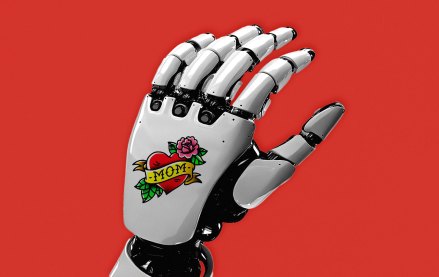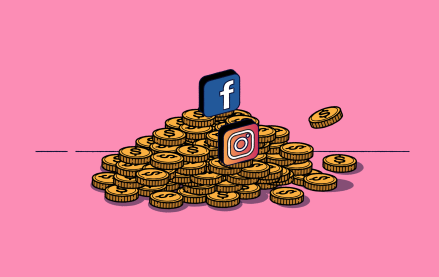Connect with execs from The New York Times, TIME, Dotdash Meredith and many more
Starbucks continues global push by adding social payments, delivery in Japan
Starbucks is on a path to grow its business in Japan by reaching customers on their phones.
The company said Thursday that next year it will launch mobile ordering and payments through the Starbucks app in Japan. It’s also working with Japanese social and messaging platform Line to enable social payments, and through it, the company hopes to reach the 78 million Line users across the country. It’s also adding mobile-initiated delivery services through a tie-up with Uber Eats.
The mobile offerings are a strategy to tie customers deeper into the Starbucks ecosystem and build loyalty. It’s also a play for customer data, as digital profiles and rewards points can act as triggers for personalization. The online-offline approach will complement the company’s moves to grow its 1,392-store footprint in the country by 100 each year until 2021. But in promoting mobile payments, Starbucks still needs to battle the staying power of cash as a payment method among Japanese consumers: According to recent research, more than 60 percent of consumer transactions by value are undertaken with cash.
“In Japan, [mobile] technology is there, [mobile payments] are just not as broadly adopted as in China; what’s great about Line is it’s where the users are first and foremost from a customer-centricity standpoint — you’re meeting them on their platform,” said Daniel Black, strategy consultant at Vivaldi. “With Line, there’s the ability to see offers, and Starbucks can leverage that from a location-based standpoint.”
According to eMarketer, 14 percent of the Japanese population will be proximity mobile payment users by the end this year. By contrast, China is a mobile payments leader. By the end of the year, eMarketer estimates that 64 percent of the world’s mobile payment users will reside in China.
But despite Japanese customers’ behavior, Starbucks’ partnership with Line mirrors its moves in China to focus on mobile while working with well-known local platforms in order to grow. In China, the retailer rolled out a delivery partnership in August with e-commerce and logistics behemoth Alibaba. Starbucks China is putting into practice Alibaba’s “new retail” concept, which combines e-commerce, digital-first touch points like mobile shopping and mobile payments with traditional storefronts. Customers who don’t want to go to stores can use Alibaba’s online marketplaces to order from Starbucks, creating a “virtual store” for e-commerce shoppers.
Analysts say Starbucks may be trying to nudge Japanese customers to adopt mobile payments. It’s a bet on whether customers will change their payment behavior by switching to mobile instead of cash, said Matthew Quint, director of the Center on Global Brand Leadership at Columbia Business School.
“It’s an interesting counter-intuitive situation,” he said. “[Japanese] consumers are likely to use their phones to enhance their [social] experiences, but they don’t think of it as an enhanced payment method, because there’s a cultural reluctance to rely on credit as a payment method.”
By adding delivery options, the retailer may be angling toward busy office workers, but time will tell if the economics of coffee delivery will prove to be profitable in the long run.
“Plenty of people go to Starbucks as a ‘third place’ [a place to relax outside of work and home], but you don’t get that with delivery,” said Black. “The coffee customer may not be willing to pay the cost of the item to get it delivered, but on the other hand, we may see an increase in food purchases.”
But Starbucks’ scale is its leg up. Through its resources and store network, it’s in a position to bring delivery costs down, sweetening the offer for consumers, said T3 president Ben Gaddis, an Austin-based agency that develops customer service and payment platforms for retailers.
“If there’s anybody who has the heft to do that through a global partnership, it would be Starbucks,” said Gaddis. “They will have the negotiating power [with delivery providers] to make it much more cost-effective.”
More in Marketing

Generative AI sparks brand safety concerns marketers know all too well
Despite concerns around brand misuse and IP, most marketers are sticking to traditional strategies.

‘Production is a big topic right now’: With AI moving beyond media, Publicis turns toward creative
The holdco is positioning AI as core infrastructure for ad production not just media buys.

Instagram offers a new guide to advertisers to convince them to try out its creator marketplace
The 26-page document aims to make the whole process quick and painless.








